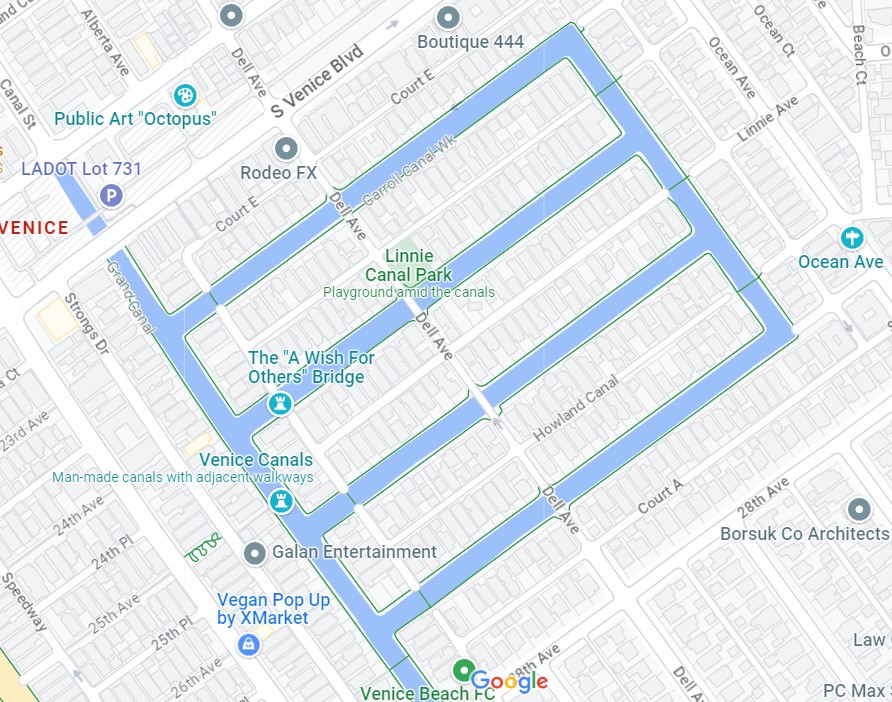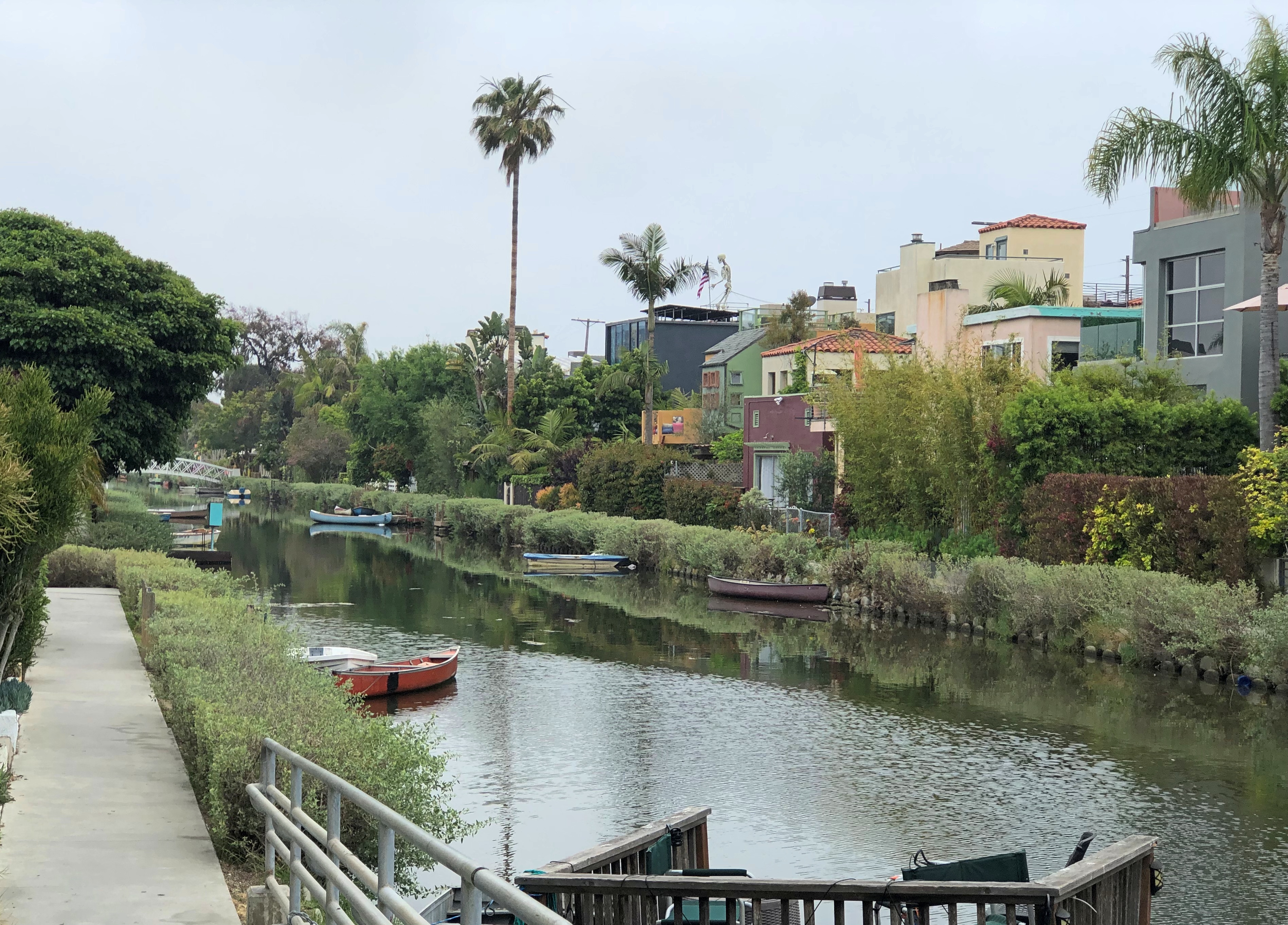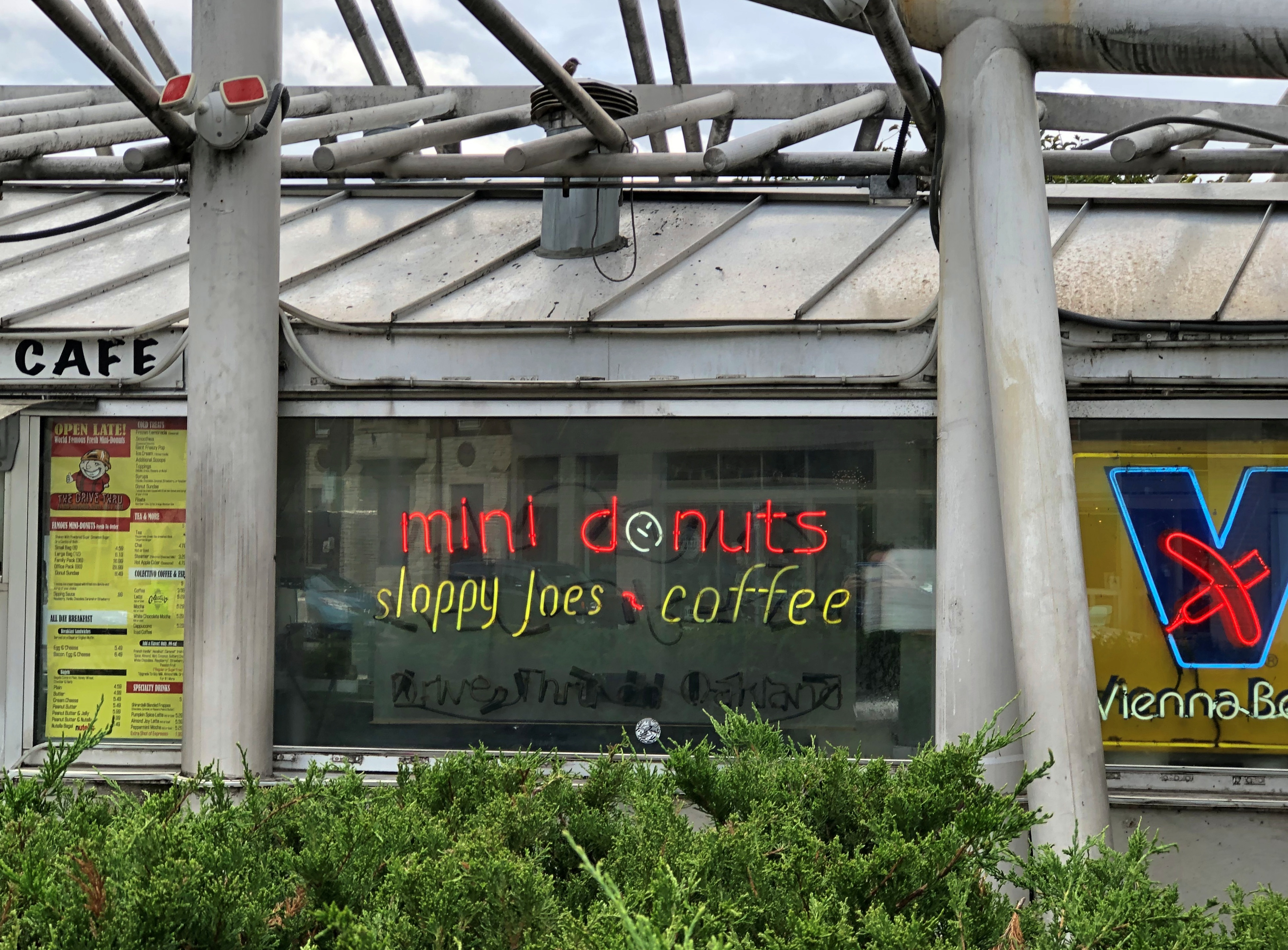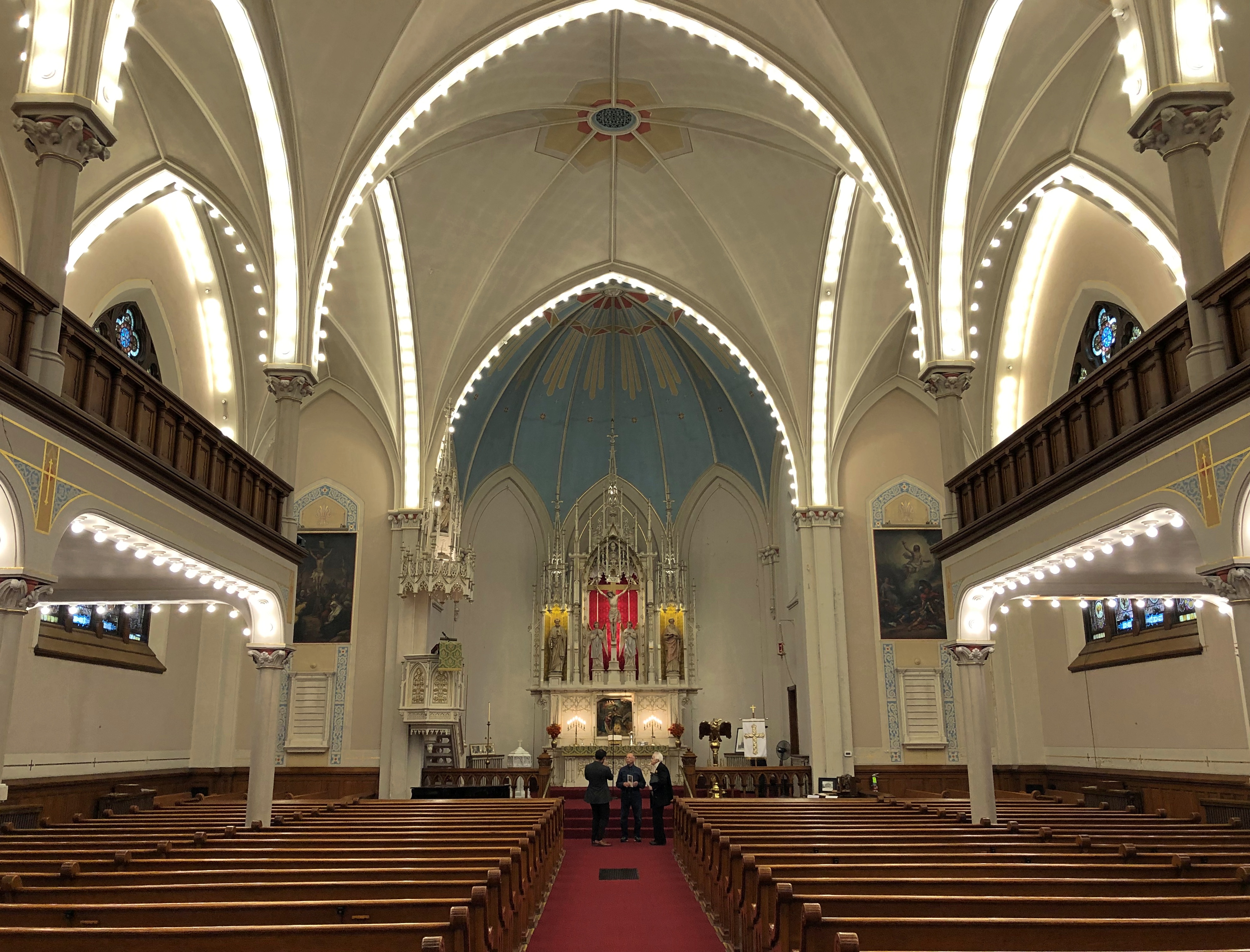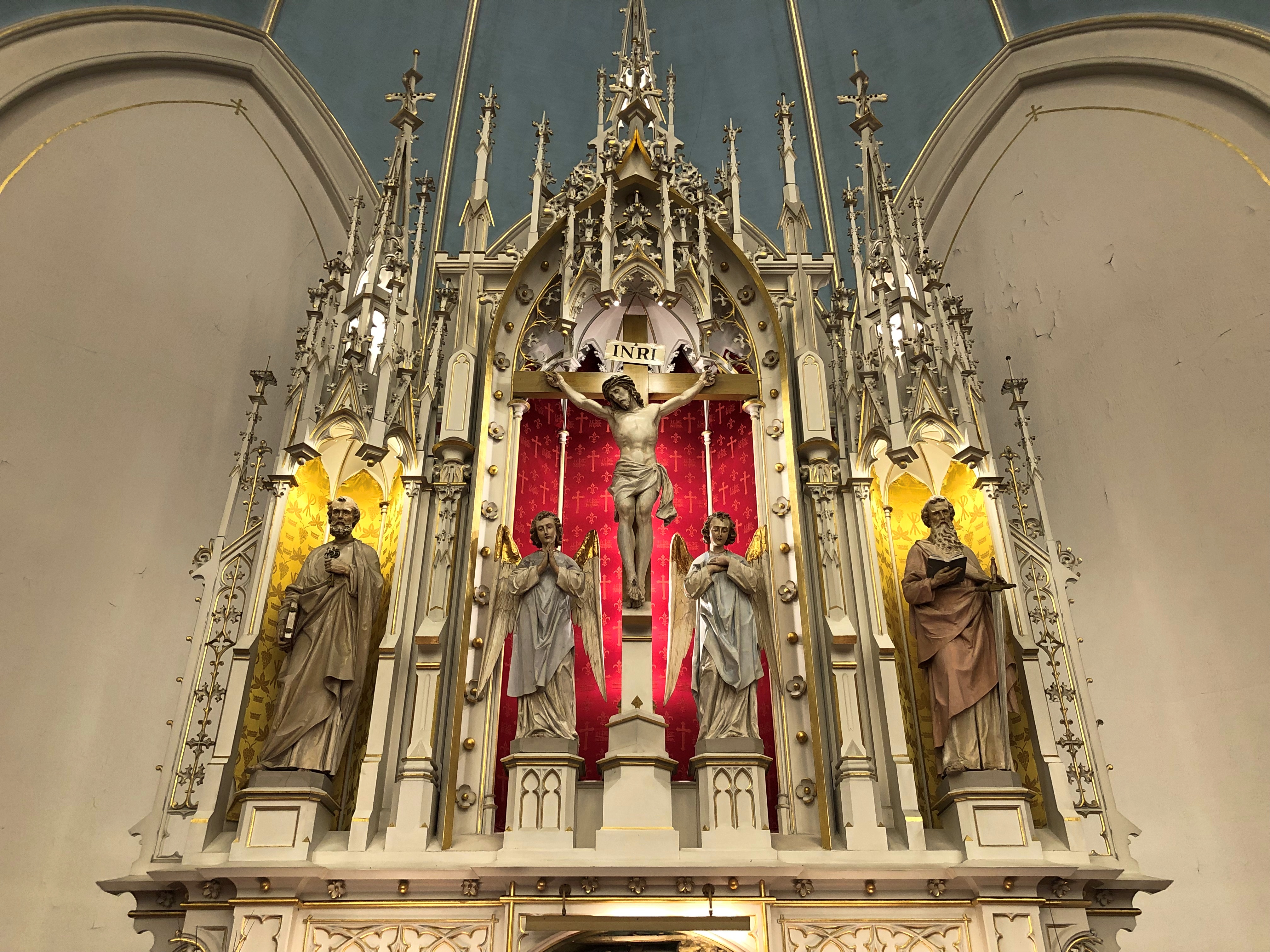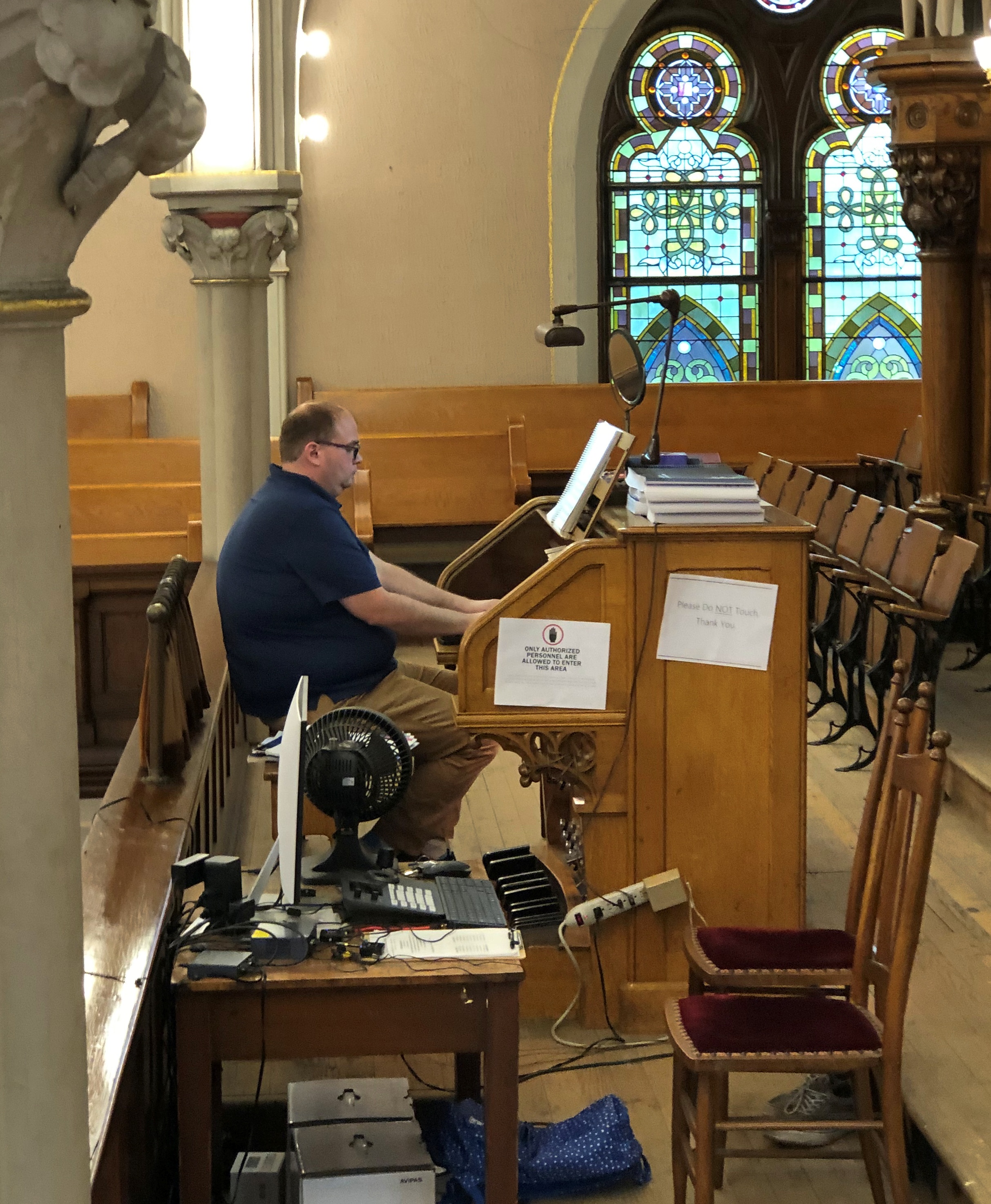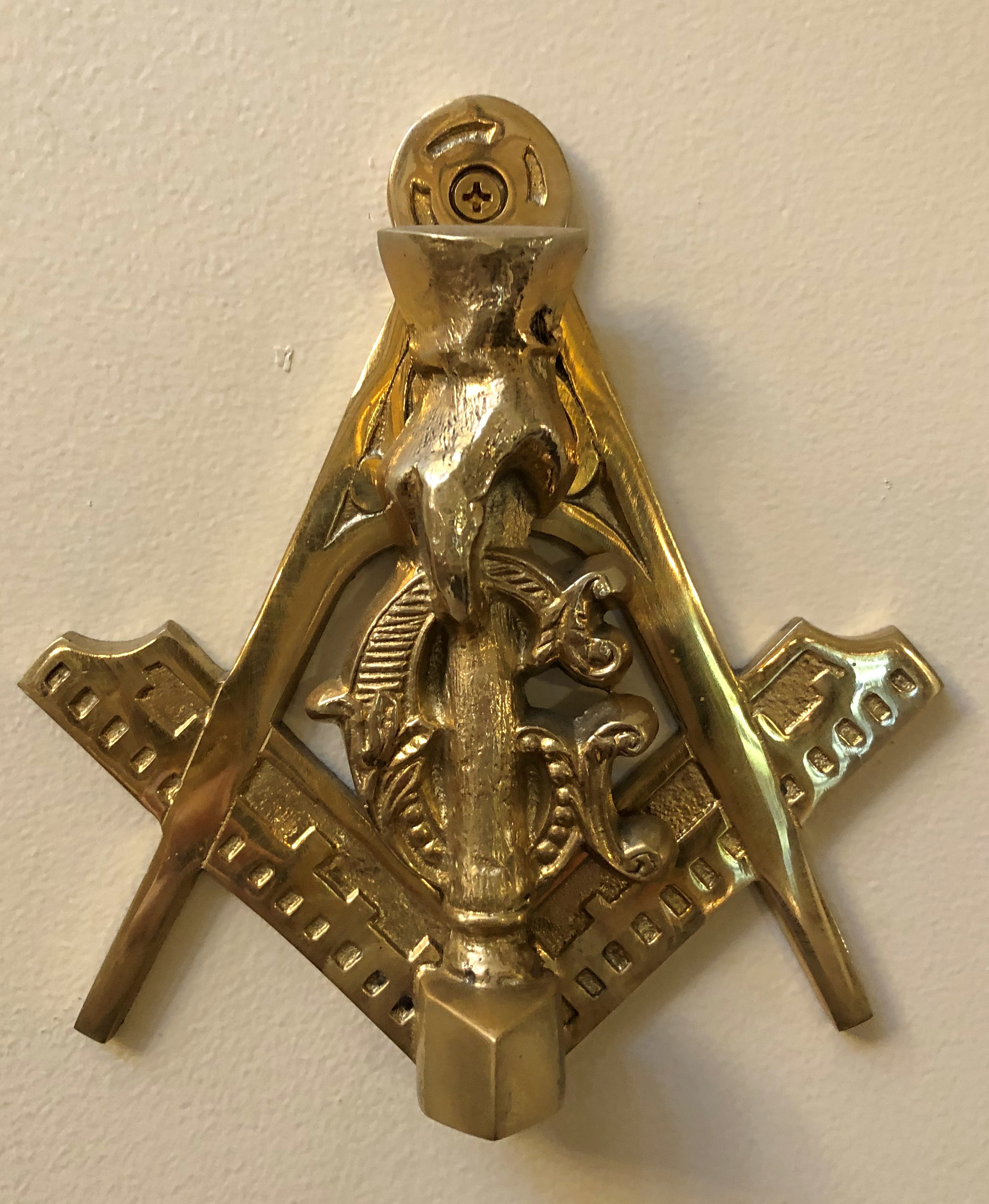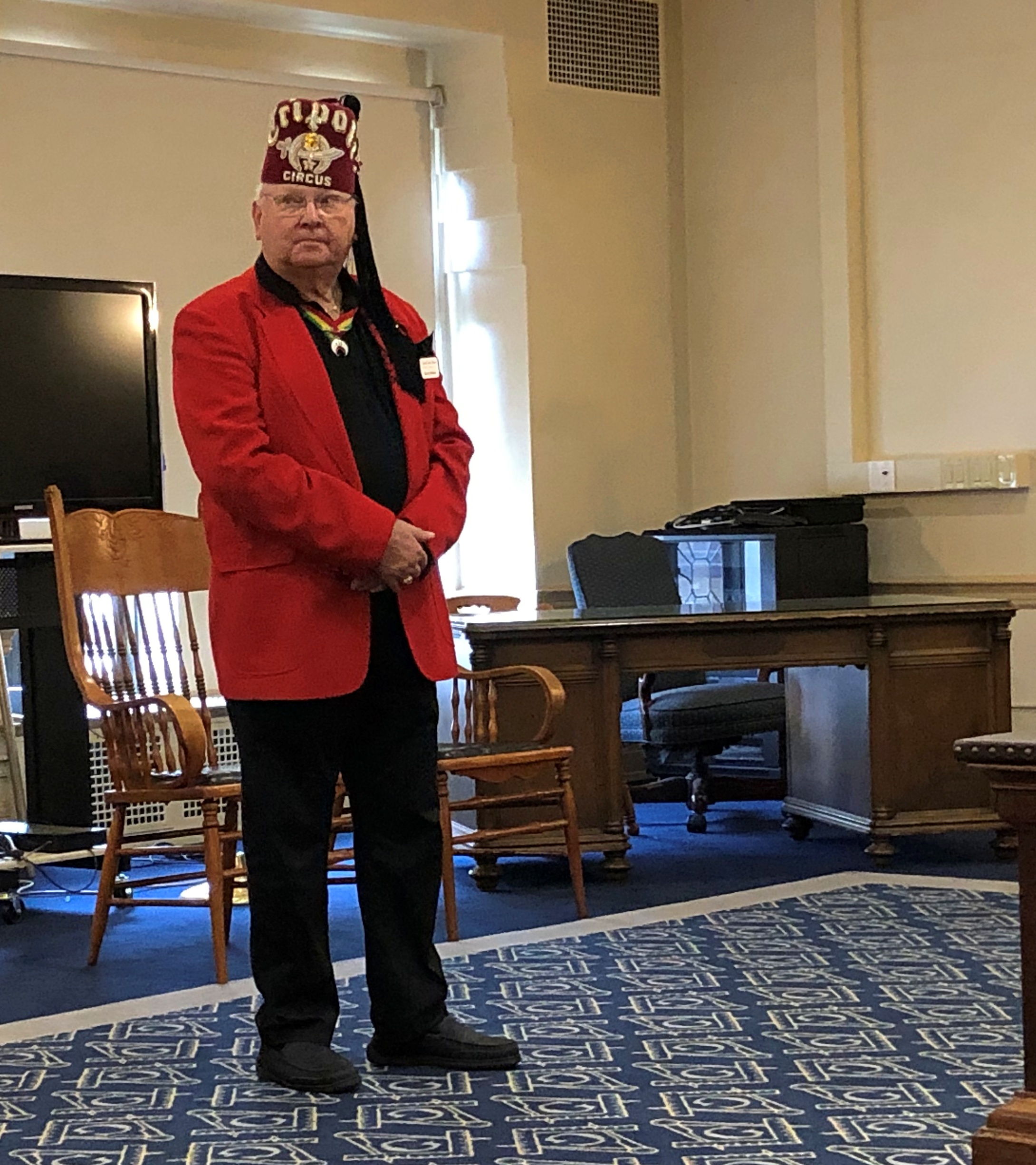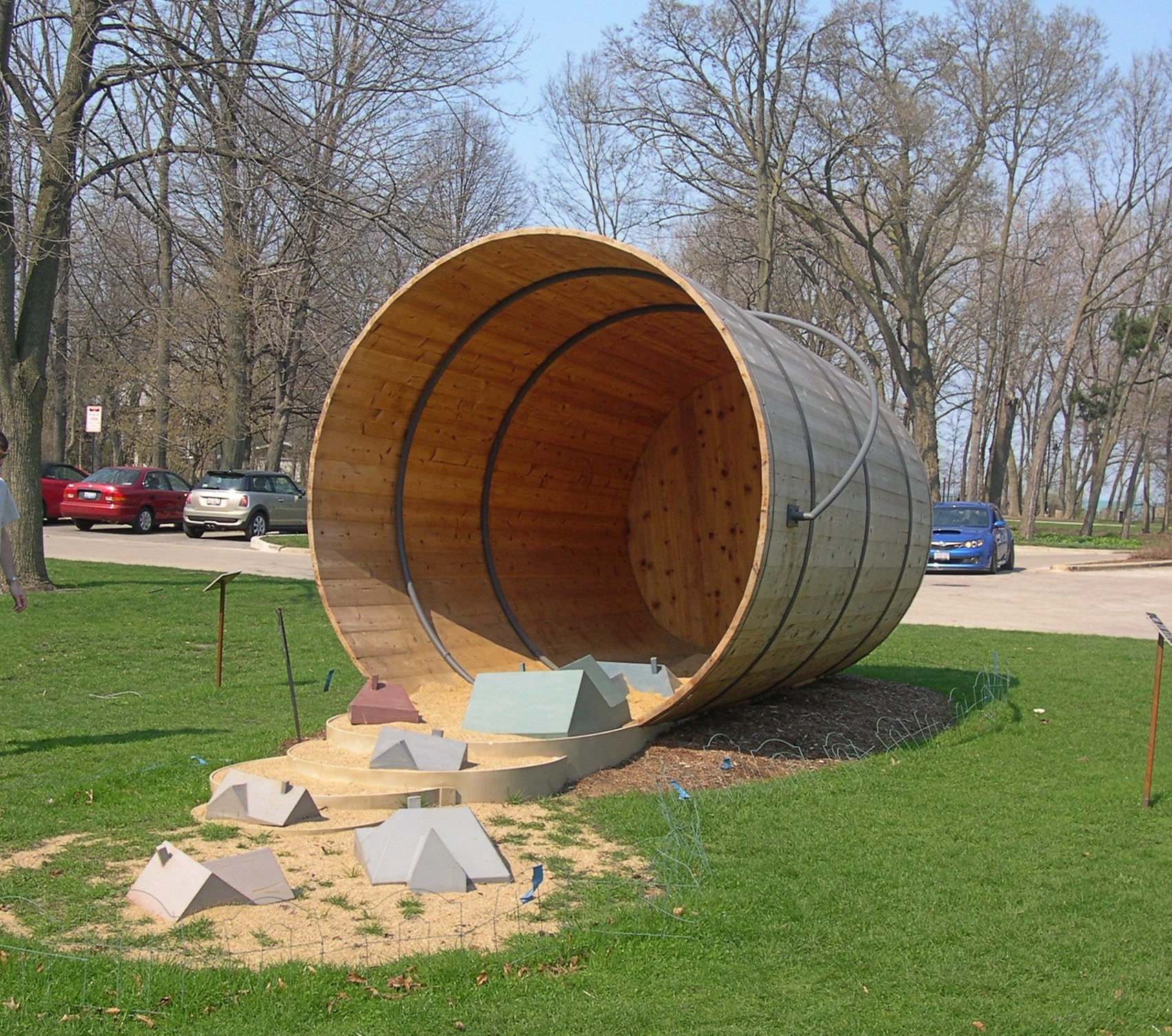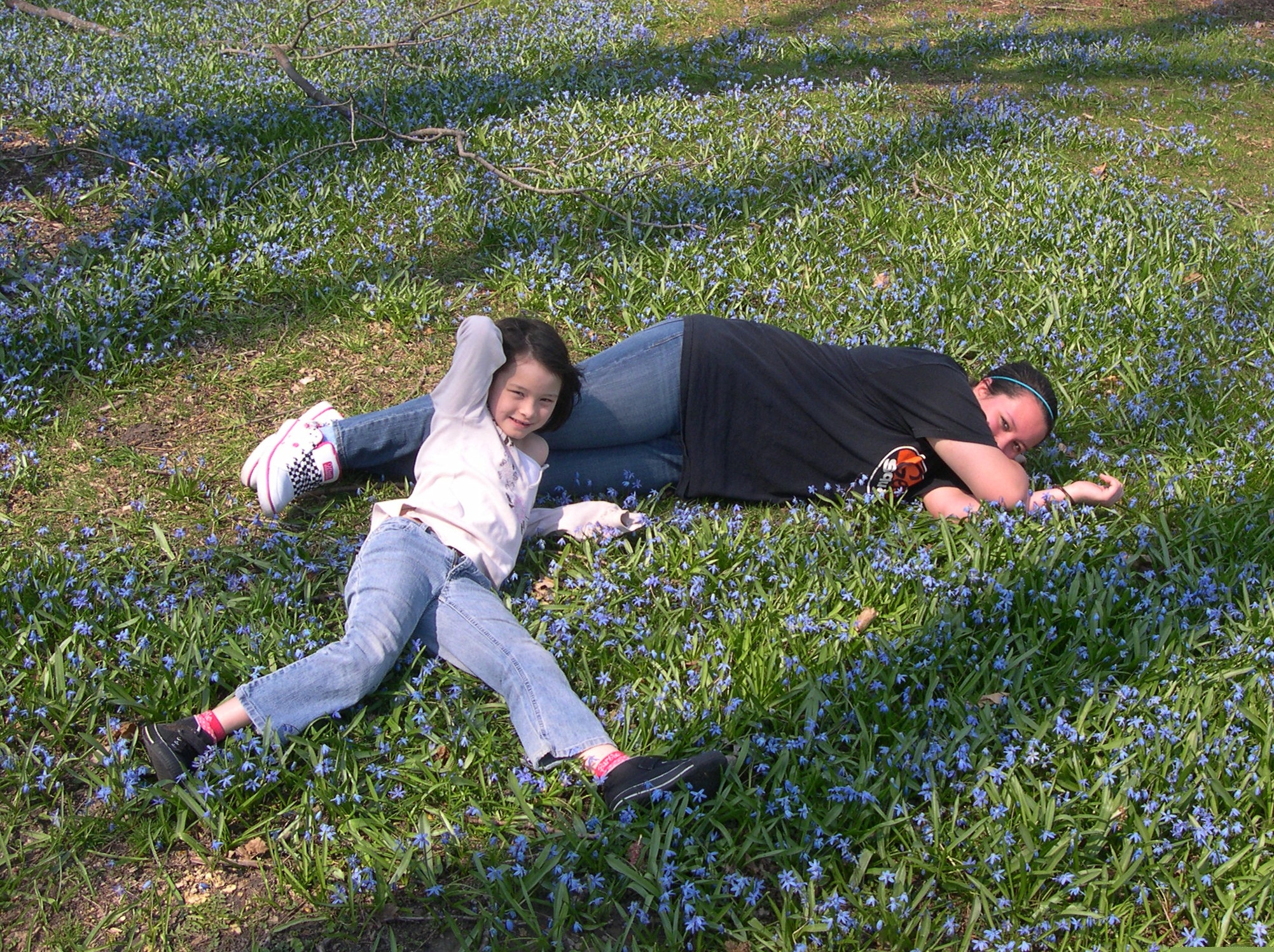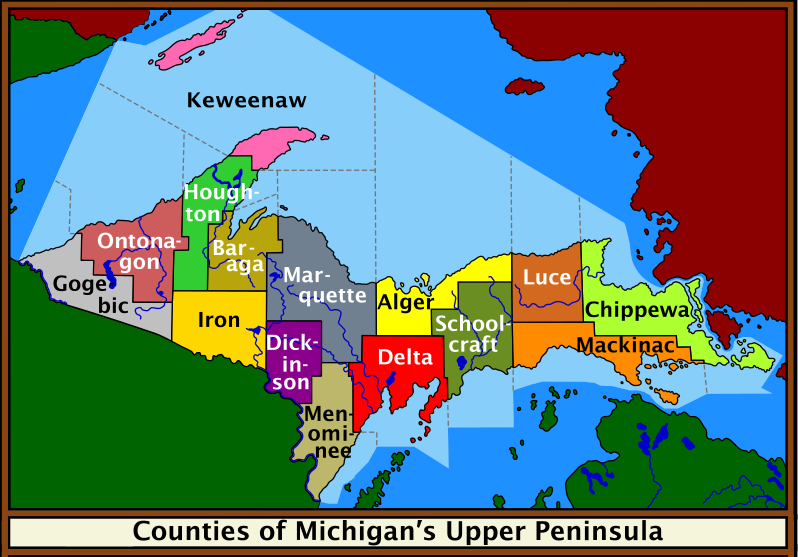If, in downtown Burlington, Wisconsin – not a very large place, since the entire town’s population is about 11,000 – you pay attention to your surroundings, you’ll start noticing plaques.
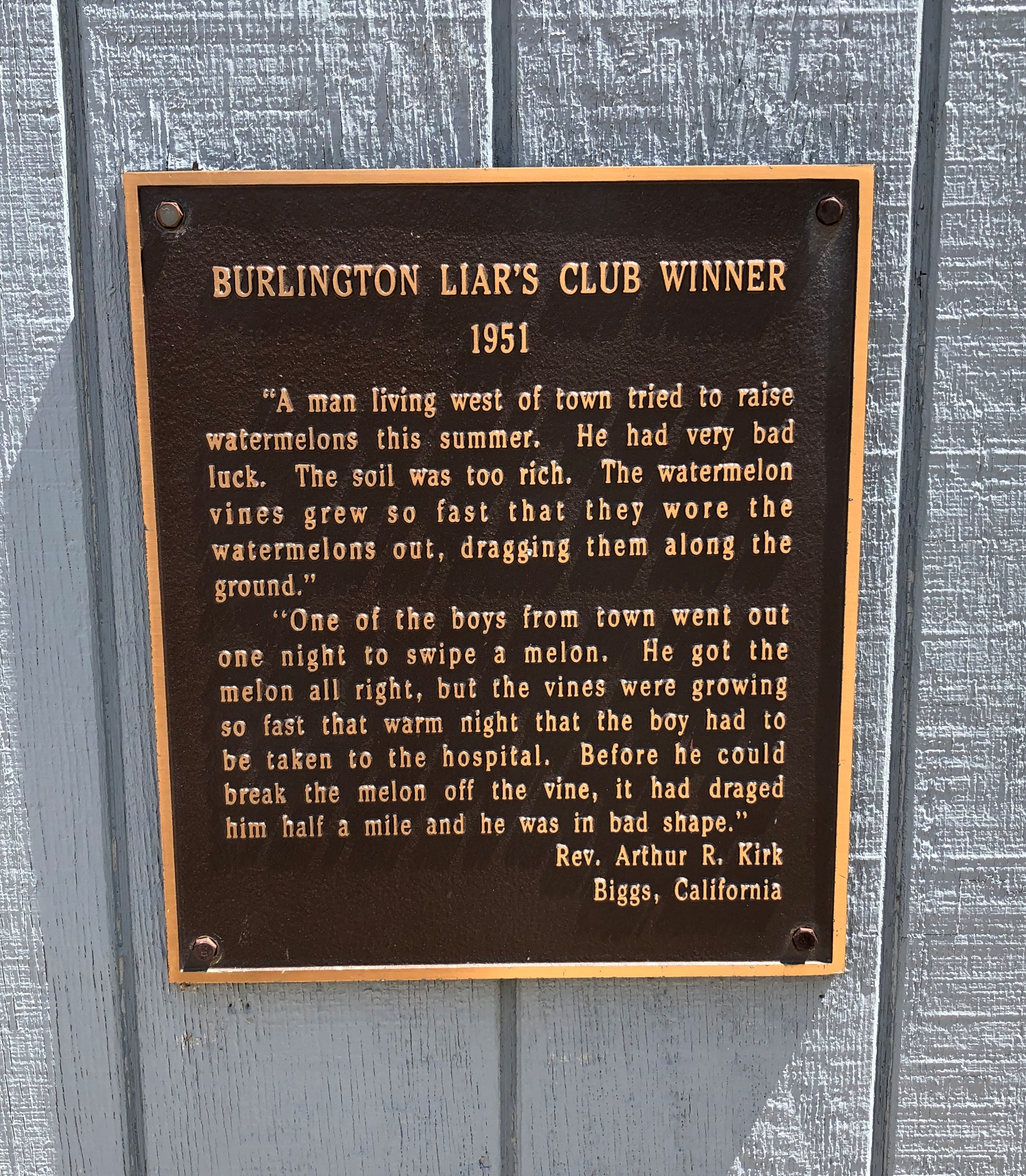

They honor winners of a contest put on at the end of every year by the Burlington Liar’s Club. I’ve read that the contest is for tellers of tall tales, submitted by entrants nationwide, but looking at this list of winners, I’d say only some of them count as “tall tales,” along the lines of a watermelon vine dragging a boy in its wake.
The rest are jokes. In the 1978 example, pretty much like one Johnny Carson would have told.
Newspapermen of nearly 100 years ago made up the Burlington Liar’s Club, but the thing achieved a life of its own, quickly evolving into the overseer of a not-very-serious contest with entrants from around the nation. No doubt the contest is unique in the nation, like the Nenana Ice Classic or the Sopchoppy Worm Gruntin’ Festival.
“The club started in 1929 as a joke,” the club website says. “A Burlington newspaper reporter wrote a story to the effect that these ‘old timers’ got together each New Year’s day at the police station, and lied for the championship of the city…
“… city editors, with an eye for interesting features, ‘put it on the wire,’ and the following December the Associated Press and other news agencies began phoning Burlington to find out if the city’s annual contest would be repeated…
“Letters began to trickle in from the four corners of the country commenting on the ‘contest.’ They furnished the inspiration for a real contest instead of a phony one, national in scope, and the Burlington Liar’s Club was formed to carry it on.”
Just the kind of thing to notice during a small-town walkabout. I was delighted. Who isn’t fond of the oddities in Wisconsin? The fiberglass fields and pyramids and Forevertrons.
One Sunday late in June, I took Ann to the southern Wisconsin camp she where is working as a counselor for the summer, and after I dropped her off, spent a little time looking around Burlington and environs.
The small downtown of Burlington, which at this point in history counts as exurban Milwaukee, is a handsome place, with most of its storefronts occupied.

That is, some handsome old buildings with modern tenants.

Nothing like a sturdy pre-FDIC bank building. Completed in 1909; that makes it pre-Fed as well.

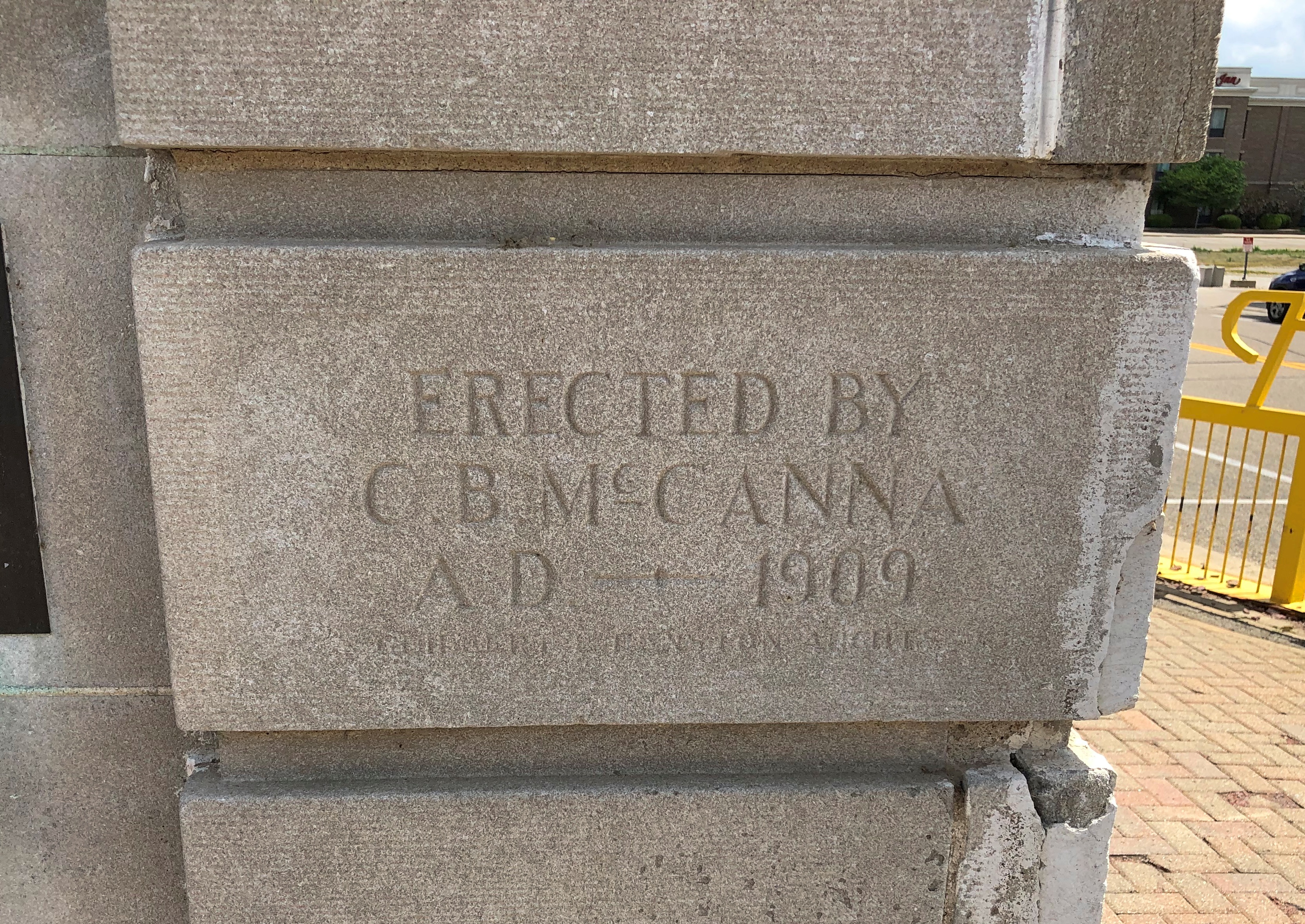
I couldn’t not look it up. The Bank of Burlington in Wisconsin existed in various forms since the mid-19th century; it was prospering in 1916, according to this article from that year, posted by AccessGeneaolgy. A bank in some form or other was in the building until 2021, which Chase closed its office there. That hints that Chase was the last of a string of banks swallowing other banks in the 20th and 21st centuries.
Also: C.B. McCanna. That would be Charles B. McCanna (d. 1913), who organized the McCanna Cheese and Butter Manufacturing Co., and operated about 20 factories in the area. He was also president of the Bank of Burlington in his later years.
“In 1893, the company was reorganized as McCanna and Fraser, with McCanna serving as president until his death,” says the Wisconsin Historical Society. “In 1898 he founded the Wisconsin Condensed Milk Co., which soon became one of the largest producers of condensed milk in Wisconsin and operated branch factories in Pecatonica and Grayslake, Ill.”
You’ve heard of Wisconsin beer barons. Here we have a cheese baron.
I enjoy the old-fashioned approach of a 1916 article about McCanna, another article accessible via Access Genealogy. Of course, it wasn’t old-fashioned at the time, just standard practice in lauding business men:
“Dairying and the industries which are allied thereto have ever constituted an important source of the wealth and prosperity of Racine County, and among the most enterprising and progressive business men of the district are those who have turned to that line of labor as a source of their business development. One of the well known, successful and highly respected representatives of the business in Racine County was Charles B. McCanna, who became an influential citizen of Burlington and one whose activities constituted not only a source of individual success but also constituted one of the strong elements in the advancement of public prosperity.”



